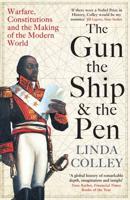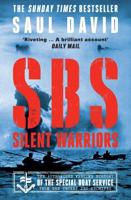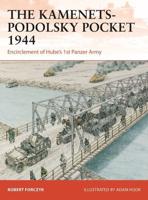Publisher's Synopsis
This navy warfare publication describes the nature, forces, organization, and employment of naval special warfare (NSW). Naval special warfare is a relatively small, maritime special operations force (SOF) consisting of approximately 9,250 personnel: 2,700 sea-air-land commandos (SEALS), 700 special warfare combatant-craft crewmen (SWCCs), 750 Reservists, 4,000 combat support (CS) and combat service support (CSS) personnel, and more than 1,100 civilians. NSW constitutes 11 percent of special operations forces and less than 2 percent of United States Navy (USN) forces. NSW costs 3/10ths of one cent (0.3 percent) of every United States (U.S.) defense dollar. Naval special warfare origins go back to World War II (WWII) naval combat demolition units (NCDUs), underwater demolition teams (UDTs), and other special-purpose maritime organizations. In 1962, the first SEAL teams were established. Since 9/11, NSW has grown capacity and added substantial capability, including intelligence gathering and analysis, logistical support, and tactical mobility. The current NSW organization is based around eight SEAL teams, one SEAL delivery vehicle team (SDVT), three special boat teams (SBTs), and several supporting organizations. These teams and supporting commands are organized into six NSW groups, a training command, and a tactical development group. NSW is a versatile, maritime-focused, direct action (DA)-oriented force that emphasizes innovation, stealth, precision, and aggressive action. NSW capabilities are based on a rigorous all-volunteer training and selection process stressing mental and physical toughness for SEAL and SWCC operators. NSW tactical mobility assets include combatant craft, undersea combat submersibles, and tactical ground vehicles. Naval special warfare forces also include intelligence, surveillance, and reconnaissance (ISR); cultural engagement; and logistics support units (LOGSUs). These forces combine into scaled and tailored force packages that integrate intelligence gathering and analysis, a versatile portfolio of insertion and extraction techniques, flexible command and control (C2) options, and a strike capability characterized by attention to detail, stealth, speed, precision, and a high density of specialized skills. NSW is an extreme-environment force operating deep at sea; through the surf; from the air; in jungles, deserts, or high mountains; and in all weather, day or night. NSW operates in all terrain but is uniquely trained and equipped to operate in maritime and riverine areas. The ability to operate over, under, on, and from the sea-as well as in the air and on land-allows access to targets that may be inaccessible to other forces and is whence the acronym SEAL originates.









